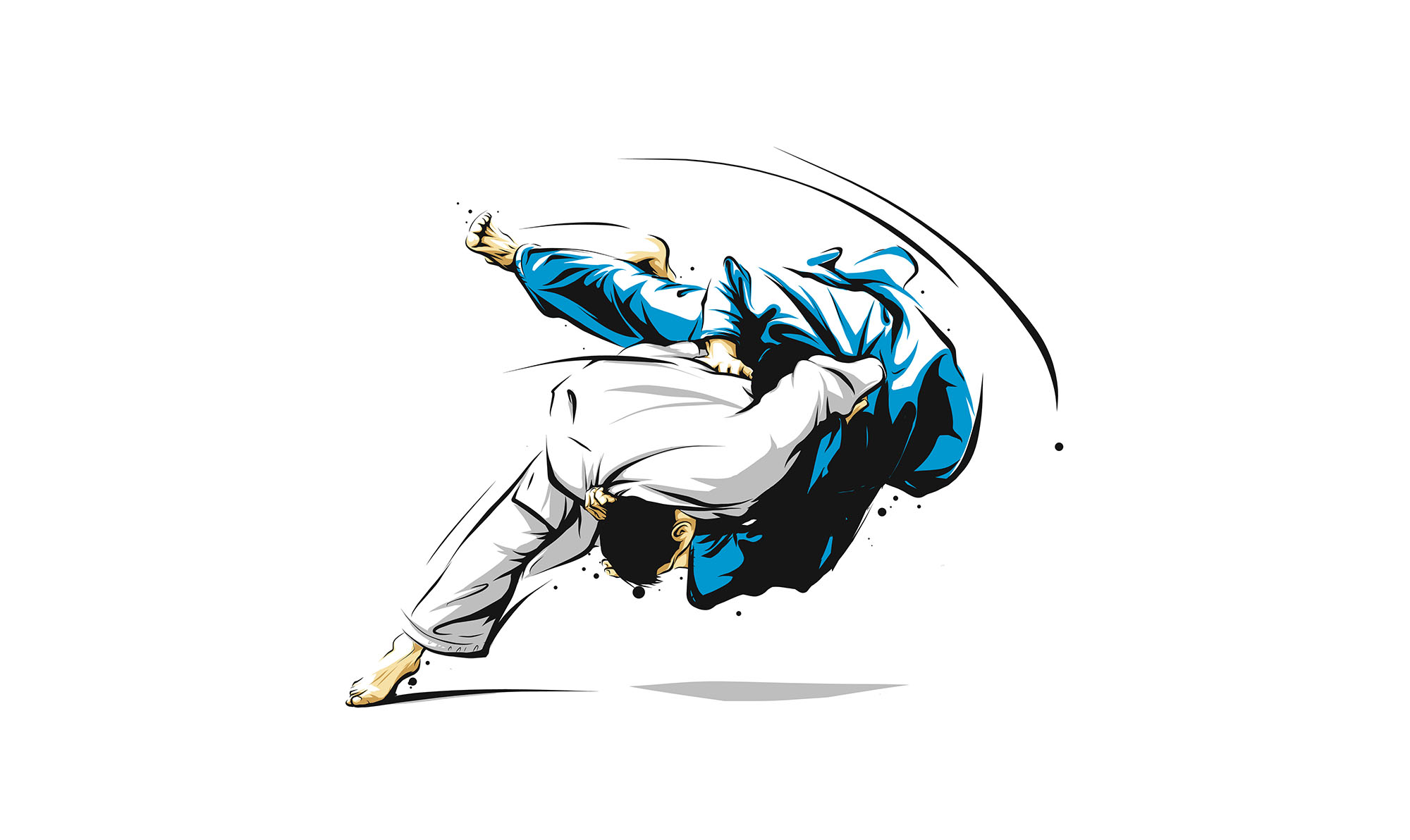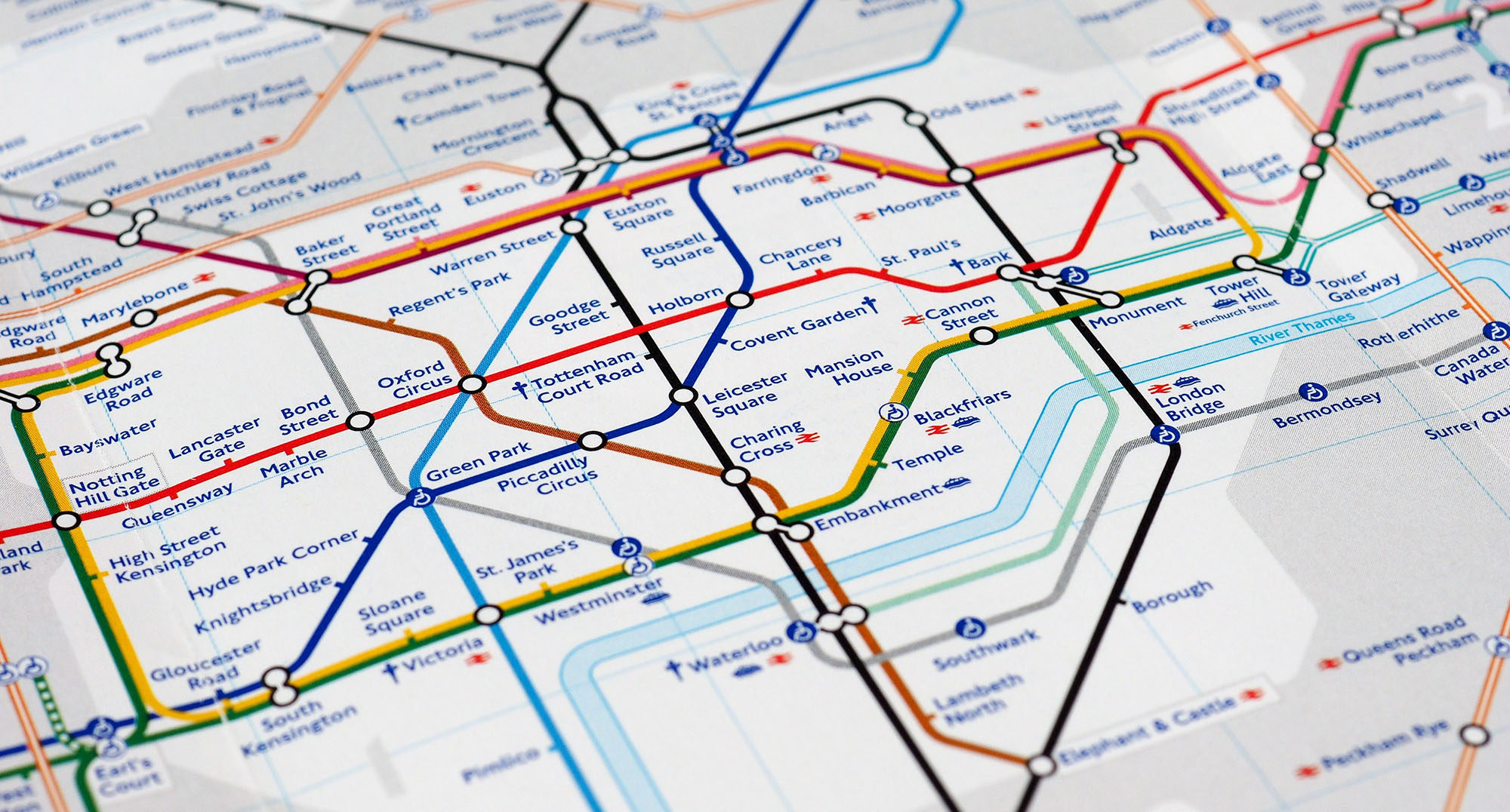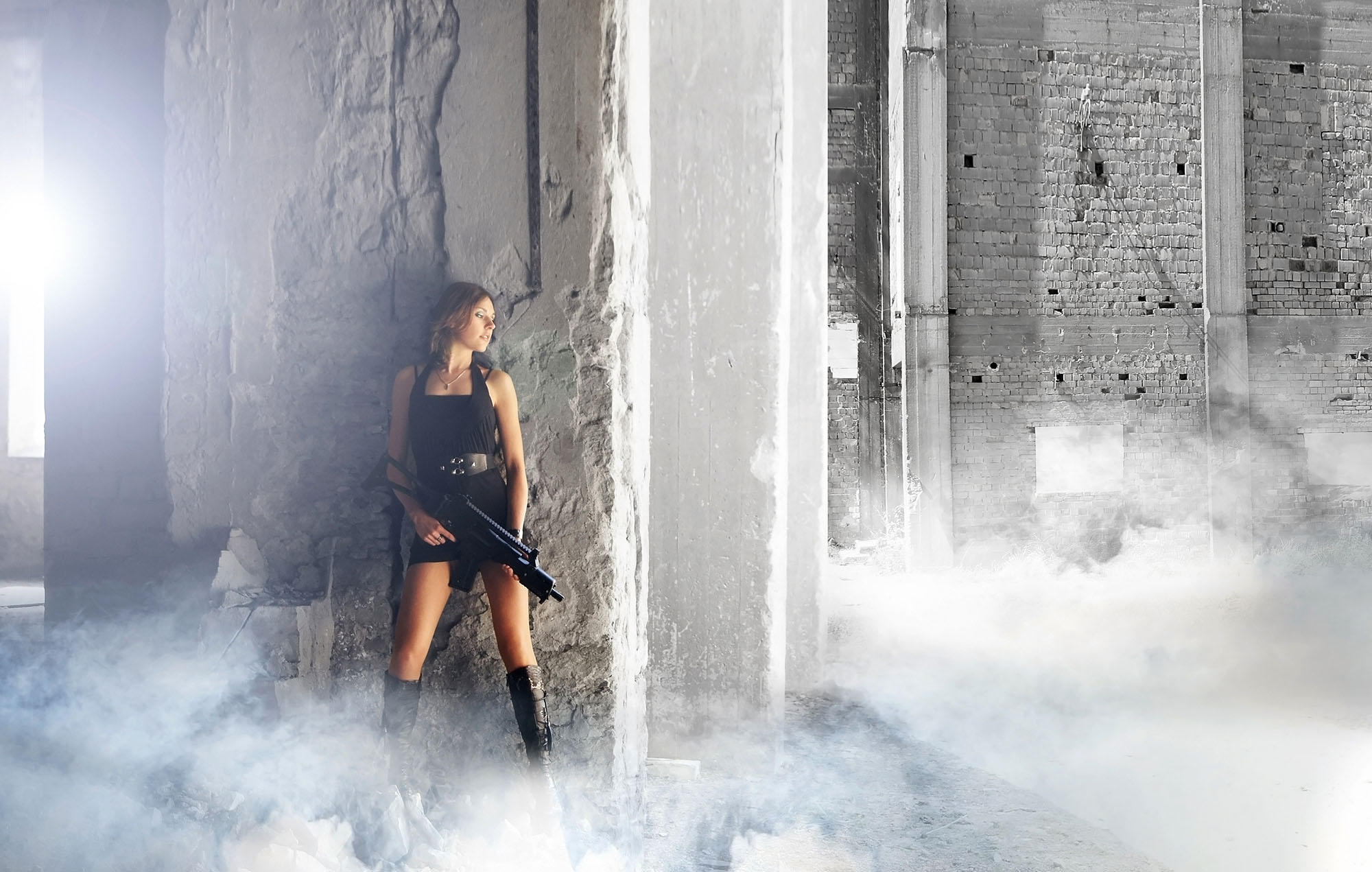 IN THE SHADOW OF THE SPIRE
IN THE SHADOW OF THE SPIRE
SESSION 30C: THE TWO LETTERS
September 20th, 2008
The 16th Day of Kadal in the 790th Year of the Seyrunian Dynasty

THE AFFAIRS OF THE PALE TOWER
Tor left with the intention of returning directly to the Banewarrens, stopping only long enough to collect Blue from the Ghostly Minstrel so that he might ride more quickly.
But as he passed through the doors of the Ghostly Minstrel, Tellith called him over to the front desk. A letter had arrived for “Mistress Tee and her companions”. Tor opened it and read—
Please come to me at the Pale Tower. You have filled my heart with great concern.
Aoska
So instead of riding directly to the mansion on Nibeck Street, Tor stopped first at the Pale Tower.
He was greeted at the doors of the tower by the Graven One, who led him to a small, domed room. There Tor was forced to stoop to step through the doors. The walls and floor were built of blue jade, the surface of which  seemed to subtly swirl with whirlwinding eddies of multi-hued colors. In the center of the room nine small idols of the same blue jade – each depicting one of the holy animals of the Nine Gods – formed a circle on the floor. In the circle, Aoska sat in meditation.
seemed to subtly swirl with whirlwinding eddies of multi-hued colors. In the center of the room nine small idols of the same blue jade – each depicting one of the holy animals of the Nine Gods – formed a circle on the floor. In the circle, Aoska sat in meditation.
“Please sit, Master Tor.”
Tor knelt on the floor, keeping a fair distance from the circle of idols.
Aoska opened her eyes. “We have received the message that Mistress Tee left for us regarding the Great Warrens of Danar. I have summoned you here to tell you that we cannot help you. And to offer our apologies.”
“That’s all right,” Tor said.
“Nonetheless, I think some explanation is deserved. We among the Malkuth have been honored to stand before the Nine Gods themselves. But for that honor we pay a price. Each of us has been sworn not to interfere in the matters of the mortal church. And since the Imperial Church has involved itself with this affair, we can have no part of it.”
“I understand.”
“I offer, too, a warning,” Aoska said. “Be wary of removing anything from that place. The wards which Danar raised suppress the effects of the taint and prevent the Warrens themselves from becoming tainted. But the items are no less dangerous in their use. And if they were to be removed from the Warrens, the full effect of their corruption would be felt.”
“We would like nothing more than to seal that place and never set foot in it again.”
“That would be wise.” Aoska smiled. “I thank you, Sir Tor.”
“Thank you, milady.”
THE TALE OF A CONFESSING KNIGHT
From the Pale Tower it was a short ride to the Nibeck Street mansion. Tor used a door to create a ramp of sorts down the stairs and led Blue all the way to the cusp of the Banewarrens.
When he rejoined the others there were greetings all around.
“What happened?” Elestra asked.
Tor quickly explained what had happened at the Godskeep, at the Cathedral, and at the Pale Tower. He gave the Ranthir the scroll that Thad had given to him… And then he took a deep breath. “There’s something else… I think you should sit down for this.”
Then Tor told them, for the first time, that he had secretly joined the Order of the Dawn.
“Congratulations!” Tee said, a huge beaming smile spreading across her face.
“Don’t congratulate me yet,” Tor said. “I also promised Sir Kabel that I would spy on Dominic.”
Dominic was confused. “What?”
“Oh! I didn’t tell him anything! And it wouldn’t matter if I did. He’s looking for allies.” Tor quickly explained Sir Kabel’s opposition to Rehobath’s claim to be the Novarch. “I hope you still feel like you can trust me.”
“It’s all right,” Tee said. “Of course we do.”
“Thank you,” Tor said. “But what should we do? I don’t know what to do next. I wish I knew why Sir Kabel had tried to assassinate Rehobath.”
They continued discussing the situation. None of them were quite sure what to do, but it became even clearer that none of them trusted Rehobath.
“Then what are we doing down here?” Elestra asked, looking around at the walls of the Banewarrens.
“Working for Jevicca,” Tee said.
“And what happens if we do find the Sword of Crissa?”
“I don’t think we should give it to him,” Tee said. “Not if he’s going to use it the same way he used Dominic.”
Tor grew thoughtful. “So… what would the reaction be if Dominic killed Rehobath?”
None of them had an answer for that. Least of all Dominic.
THE CASTING OF THE LORE SPELL
While they talked, Ranthir had been examining the scroll that Tor had brought. He confirmed that it would do what Brother Thad had told them it would do.
“At least they were telling the truth about that,” Tor said.
“The casting of the spell could take awhile,” Ranthir said. “Maybe as long as an hour.”
They set up a defensive perimeter in the generator room. Each of them guarded one of the upper passages into the chamber while Ranthir began casting from the scroll.
For more than half an hour they kept watch, letting the soft drone of Ranthir’s words wash over them. They had actually begun to suspect that they would be able to finish the casting of the spell without interruption when, out of thin air, a hulking monstrosity of dark, blue-black flesh seemed to step out of thin air next to Elestra.
Before she could even shout a warning, Elestra was slammed up against the wall, torn up badly by the creature’s long, yellow claws. Its yellow eyes glowed with malicious and sinister glee, framed by its lanky black hair.
Dominic, whirling with the others at Elestra’s scream of pain, recognized it as some sort of troll-spawn – common enough in the mountains near his village – but of a variety he’d never seen before.
Agnarr moved quickly to protect Ranthir. Tor, meanwhile, closed with the troll-spawn while Tee circled around it. The creature lashed out at Tee, but the elven maid narrowly avoided the blow by virtue of the enchanted armband she wore (which skittered her slightly through time and space).
Agnarr hurled an axe from where he stood. The blade buried itself in the troll-spawn’s back, but with a shrug of its shoulders the creature shook it free. They could all see that the wound was already closing.
Tor, meanwhile, was struggling. Whenever the creature landed a blow, his thoughts filled with black and terrible things – a void of horror that drew itself across his mind. He could feel it deadening his limbs – threatening to overwhelm him.
While Tee and Tor kept the troll-spawn at bay, Elestra – badly hurt – fell back to where Agnarr was waiting by Ranthir’s side. “I’ll keep an eye on him,” she said. “You go.”
Agnarr raced around the iron catwalk, arriving barely in time. Tor had, at last, been overcome by the rapacious blackness working its way through his mind – his joints seized as his thoughts retreated to the safety of his inner soul. The troll-spawn surged forward, looking to finish Tor off… but then Agnarr’s burning blade struck true, eliciting the first cry of real pain from the creature as it ripped through its chest.
The force of Agnarr’s blow drove the troll-spawn stumbling back, adding to the force of Tee’s blade as she drove a precisely placed blow between its shoulder blades. The tip of Tee’s longsword actually thrust out the front of the creature’s chest. It stumbled forward again, ripping itself off her blade in a gush of blue-black blood.
Elestra, still standing guard by Ranthir on the far side of the catwalk, placed a precise shot from her dragon rifle, nearly ripping the creature’s arm off at the shoulder. It collapsed into a bloody heap…
… but it’s wounds were still healing at a preternatural pace, and before anyone could react it had simply vanished back into thin air. With a howl of frustration, Agnarr smote the floor where it had lain.
… and in that moment, Ranthir turned – his eyes glowing bright – and chanted aloud:
Only the hand of creation can undo the seal which it has wrought.
Those who wish but for a moment can undo the creator’s work,
But those who would be his heirs must first wield his hand.
Into the heart of darkness they must follow him.
Seek the hand in the heart of the shard.
There all paths begin.
Thus all things shall be done or undone.
RETRENCHING THE DEFENSES
Ranthir sagged forward as the magic of the spell left him. A moment later, however, he was scrabbling through his many pouches and bags to find paper and pen. He hastily jotted down the words that he had said.
“Did that make sense to anyone else?” Elestra asked.
“A little,” Tee said, frowning thoughtfully. “But not really.”
There were no clear answers written in the words that Ranthir had spoken. And with Tor still paralyzed, they had no choice but to seek more powerful magical aid. They let the Banewarrens, meeting Kalerecent where he stood guard in the cellar of the mansion.
They quickly explained to the knight what had happened. With Tor strapped to his saddle, Tee led Blue up the stairs (“Ah,” Kalerecent said. “So that’s why the door was there.”) and then mounted himself. Agnarr walked alongside as the three of them headed to the Temple of Asche to receive healing from Mand Scheben.
Ranthir, Elestra, and Dominic, meanwhile, returned with Kalerecent to the excavated cave nearest to the Banewarrens. Kalerecent had hoped to keep his guard in the cellar itself, but the others were concerned that the caverns where they had fought the umber hulk might lead to another exterior access point.
Once they were healed, Tee, Tor, and Agnarr returned to the Banewarrens, as well. After a brief discussion, they agreed that all of them – except for Tor, who had business early the next day – would camp there for the night on a rotating guard shift.
SEEKING SIR KABEL
Tor left the Banewarrens. But instead of heading directly back to the Ghostly Minstrel, he turned south towards the alley where they had met with the mysterious, shadow-like Shim.

Tor touched the symbol at the alley’s dead end. A few moments later Shim exuded himself from a crack in the wall.
“How can I help you, Master Torland?”
“Can you find Sir Kabel of the Order of the Dawn and deliver to him a letter?”
“I can,” Shim said. “The real question is, ‘Can you pay for it?’”
“How much?”
“Two hundred gold pieces.”
Tor agreed and quickly wrote out a note for Sir Kabel.
Sir—
Please know that you have friends in Ptolus. Vehthyl is not fooled, but it is crucial we know what has occurred.
Send word back if you are able. The safety of the city is in the balance.
Tor very specifically neglected to sign it, hoping that his elided reference to Dominic as the Chosen of Vehthyl would be enough to identify who the letter had come from without betraying him if it should fall into the wrong hands.
Shim took the letter and disappeared back into the wall. Tor left and returned to the Ghostly Minstrel for the night, satisfied that he had done all that he could. If all the might of the Imperial Church and the Order of the Dawn couldn’t find Sir Kabel, it wasn’t likely that wandering randomly around the city would do much good.
A NIGHT IN THE BANEWARRENS
Back in the Banewarrens – or, rather, the small excavated cavern just outside of them – Kalerecent and the rest of the party settled on the order of the watch and bedded down.
A few hours passed and the watch shifted twice without any cause for alarm. But then, about an hour before midnight, Tee’s sharp eyes spotted movement coming along the passage leading to the Banewarrens. She quickly roused the others, whirling back towards the tunnel entrance in time to see the purplish-red wraith they had encountered before floating with sinister serenity into the cavern.
Kalerecent, who had been sharing the watch with her, moved to engage it. The engagement didn’t last long: Kalerecent’s magical blade ripped through its ethereal substance and then, a moment later, a single blast from Tee’s dragon pistol tore it apart.
The others had barely even woken up.
After some mild complaints, Tee and Kalerecent resumed their watch while the others rolled over and went back to sleep.
A few minutes later, however, the wraith returned again. Dominic, rising impatiently from his bedroll, banished it with a burst of divine power, sending it fleeing back down the tunnel.
The group mustered their defenses and waited anxiously for its return… but after a quarter of an hour there was still no sign of it.
Agnarr eventually got tired of waiting and rallied an expedition back into the Banewarrens. They headed straight to the area where they had first encountered the wraith and the gem that spawned it. They found no trace of the wraith itself, but were entirely unsurprised to discover that the gem had somehow reformed itself. Without a second thought, Agnarr smashed it again.
Dominic raised the possibility of taking some of the shards of the gem with them – and thus, perhaps, preventing it from reforming again – but Tee and Elestra were both wary of the idea of carrying around shards from an artifact of clear and potent evil. (Hadn’t they just been warned by Aoska not to risk removing anything from the Banewarrens?)
Ranthir couldn’t even hazard a guess on what might happen (or not happen) if they took pieces of the gem with them. He did briefly ponder the possibility of storing the gem in the stasis box they had recovered from Ghul’s Labyrinth, but he couldn’t guarantee that it would actually stop the gem from reforming.
And so, in the end, they settled for simply shutting the once-warded door leading into the area – hoping, even though the ward had been broken, that this would stop the wraith from escaping.
“Aren’t we just locking the wraith out?” Dominic asked.
“Well, next time we see it we’ll kill it and then it will be trapped,” Agnarr said.
While the others settled back down, Tee left for her guard duty at the “new project” of the chaos cultists. The rest of the night – both at the project site and in the Banewarrens – passed quietly.
THE TWO LETTERS
(09/17/790)
The next morning Tellith gave Tor two letters that had arrived for him during the night.
SIR GEMMELL’S MESSAGE
Master Torland of Barund—
I know that that the recent chaos surrounding the Order must have proven quite distressing to one so recently squired among our ranks. I pray to the Gods that this letter shall find you in good health and that no untoward danger has fallen upon you as a result of the treacherous actions of a handful of discontents.
I wish to assure you, however, that the Godskeep remains secure. I know that you were to receive training this afternoon, and I would like to avail myself of this opportunity to meet with you personally and make the proper arrangements.
My humblest thanks,
Sir Gemmell of the Order of the Dawn
SIR KABEL’S MESSAGE
Tor—
The days are darker than I had imagined. Come tomorrow at dawn to Nadar’s Pub in Rivergate. Ask for Patrim. Bring Dominic if you trust him still.
-Sir K.
“I think I just wasted two hundred gold pieces,” Tor muttered to himself.
Running the Campaign: Honor Choice with Judo – Campaign Journal: Session 30D
In the Shadow of the Spire: Index




















